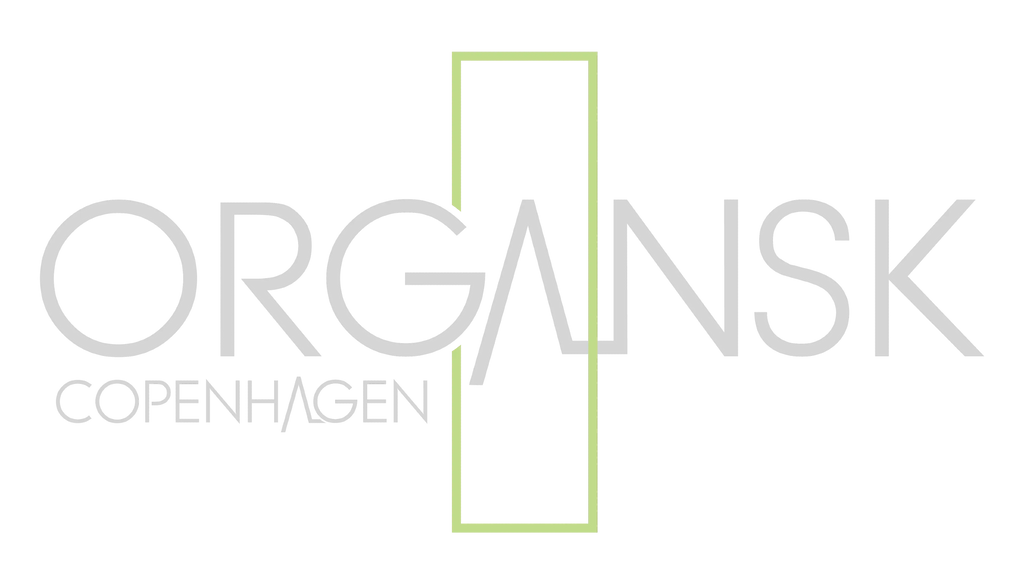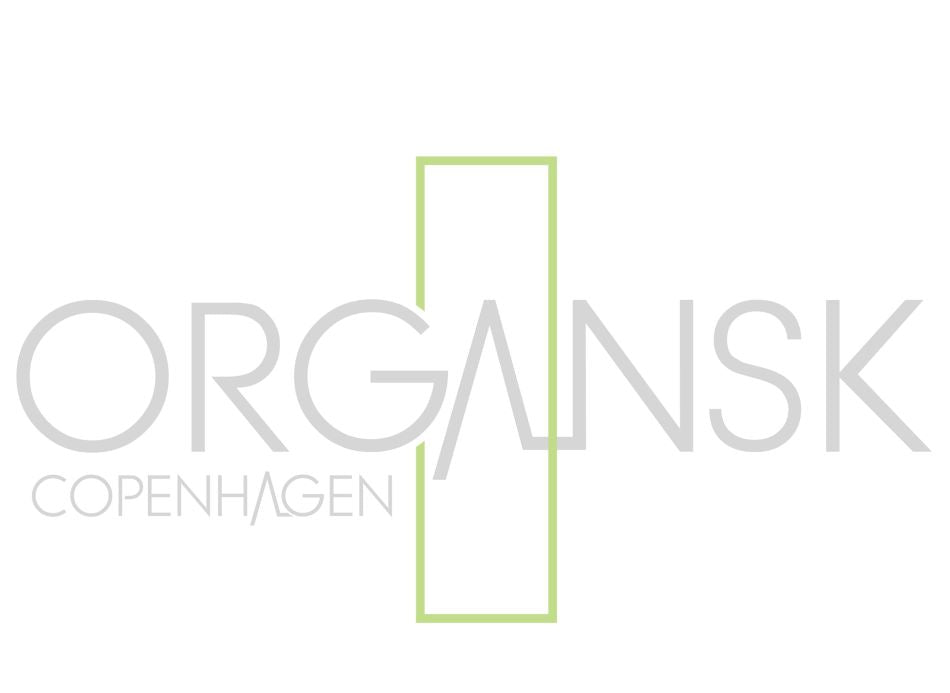Fashion, Pollution, Exploitation!
Written By Martina Zini
The design and marketing process of the fashion industry has been steadily evolving and innovating, while the clothing production is still predominantly low-tech, high energy and water-consuming, releasing a high volume of carbon emissions. It employs a multitude of toxic and hazardous chemicals, harming people’s health and polluting the environment.
Let’s start from the beginning, the production of one pair of jeans.
The journey from raw material to finished clothing products uses thousands synthetic chemicals[1].
CONVENTIONAL COTTON CULTIVATION
Accounts for 16% of globally used insecticides and 10% of globally used pesticides[2].
Cotton is cultivated as a “monocrop.” It depletes the soil of nutrients and requires large volumes of fertilizers. The chemicals pollute the environment and water sources, affecting people’s health and wildlife.
FABRIC PRODUCTION
Cotton is made into threads and woven into fabric.
The denim textile is subjected to a range of pre-washing techniques to get their distinct and stylish “worn-out” look.

- Sand Blast
Blasting denim with sand to age the textile. This practice has been banned in many countries as the silica dust resulting from the operation causes incurable respiratory diseases and can lead to death[3].
- Stone Wash
Washing the denim with pumice stones. It erodes the indigo dye and fabric, making the denim softer, giving it a faded look. The process is extremely water intensive as the denim requires multiple washes to get cleaned from the stones[4].
- Acid Wash
The pumice stones are soaked in acids like Potassium Permanganate or Sodium Hypochlorite to reproduce yellow and white splotches.
Can be toxic to human reproduction and development[5].
- Bleach Wash
Uses Chlorine bleach to brighten the colour of the textile. It is toxic and causes respiratory diseases.
- Spraying of Potassium Permanganate
The chemical is often sprayed by hand, causing respiratory and skin problems [6]. It creates local fading on the denim.
These production practices lead to the contamination of 70% of Asia’s water sources[7].
- The contamination causes cancer, gastric and skin problems. Affecting the workers and local communities.
- It also poisons the aquatic flora and fauna.
Yet, water pollution is underrated by fashion brands, with only 30% of them publishing their commitment to eliminating toxic chemicals in the production[8].
UNETHICAL LABOR PRACTICES
Exploitation of women and underage children is a common practice in sweatshops in developing countries. Due to weak labour laws and government controls in these nations, clothing manufacturers get away with exhausting hours, pays below subsistence level, dangerous and unhygienic working conditions.
- Working hours: 12-16 hours a day, 7 days a week
- Salaries:
Bangladesh 33 cents/hour,
India 58 cents/hour, [9]
China, 40cents/hour [10]





